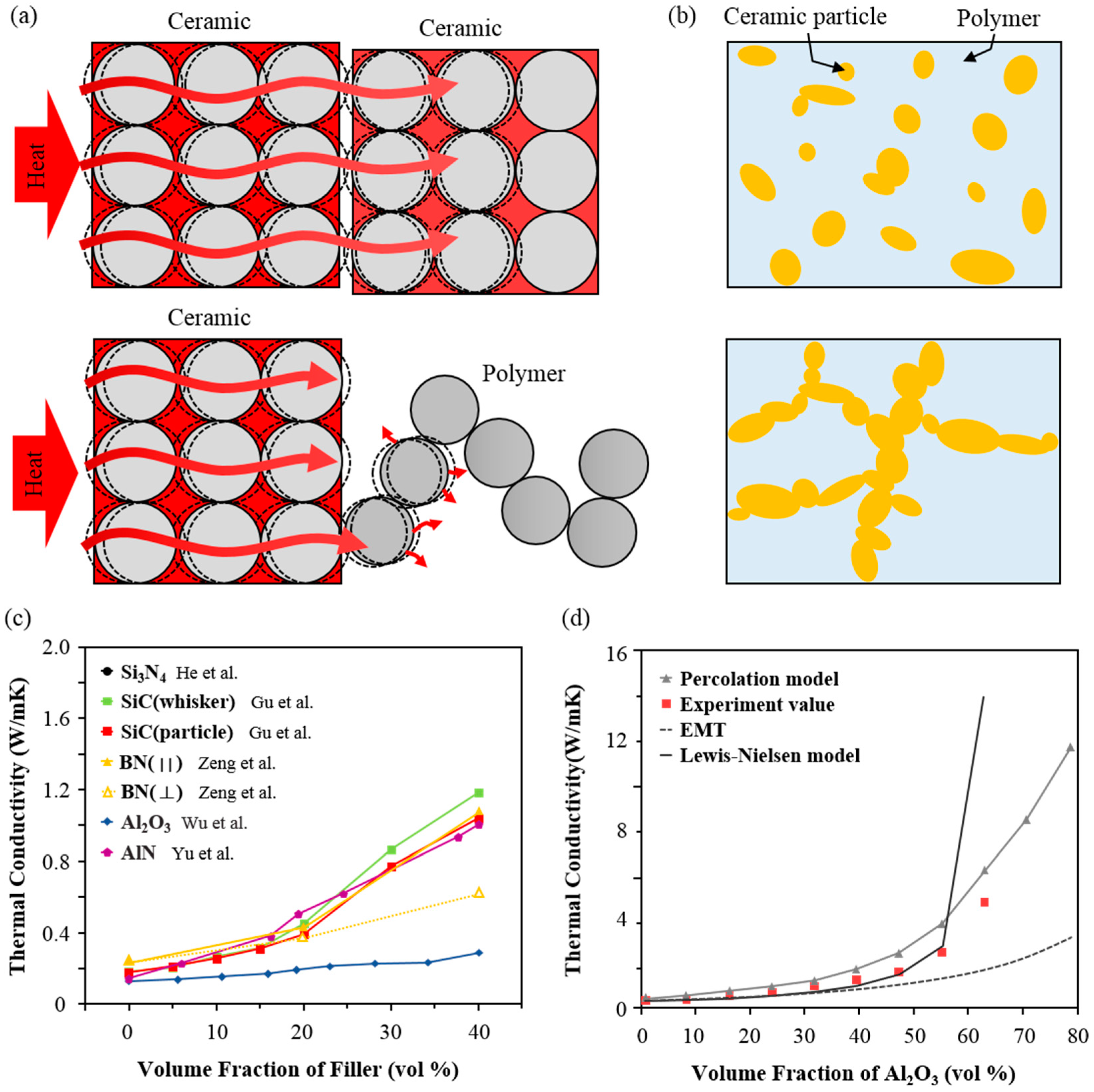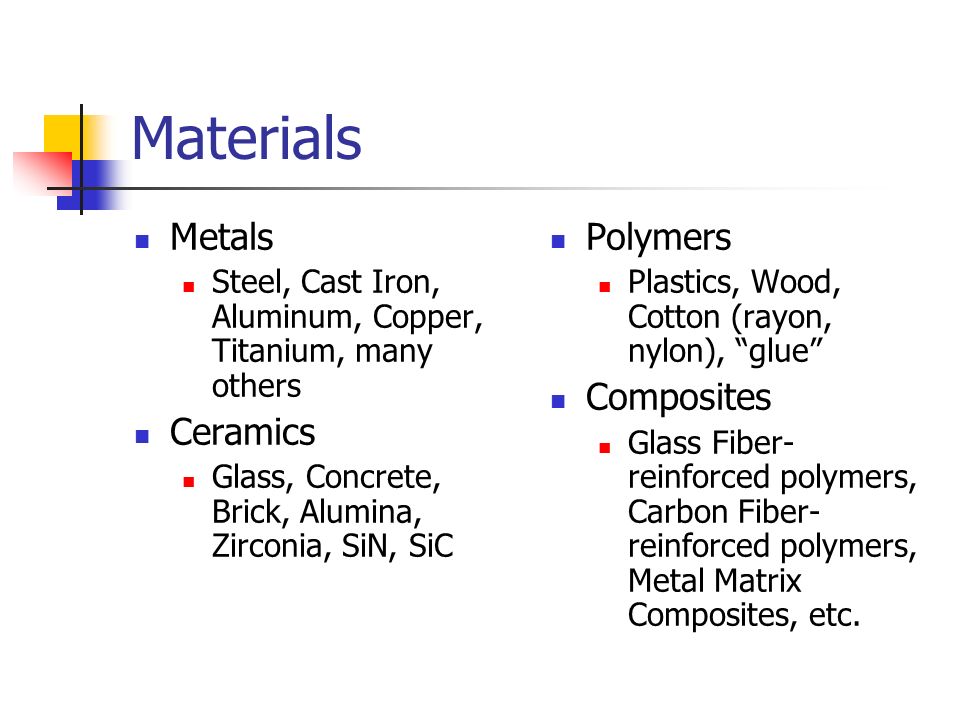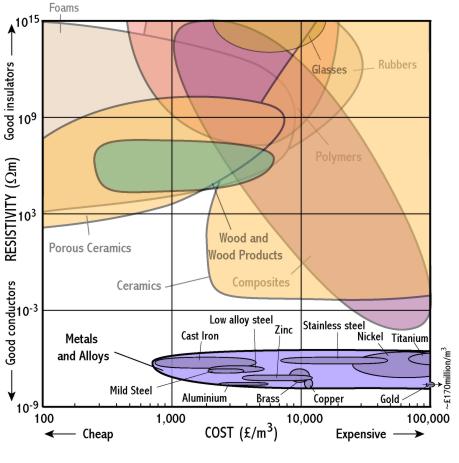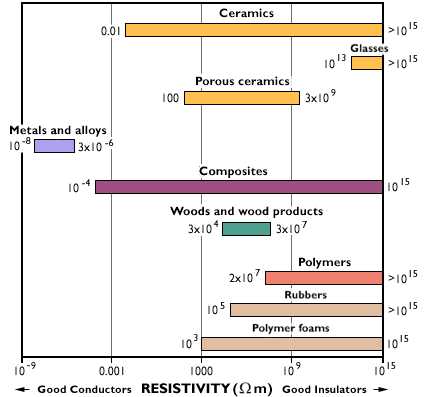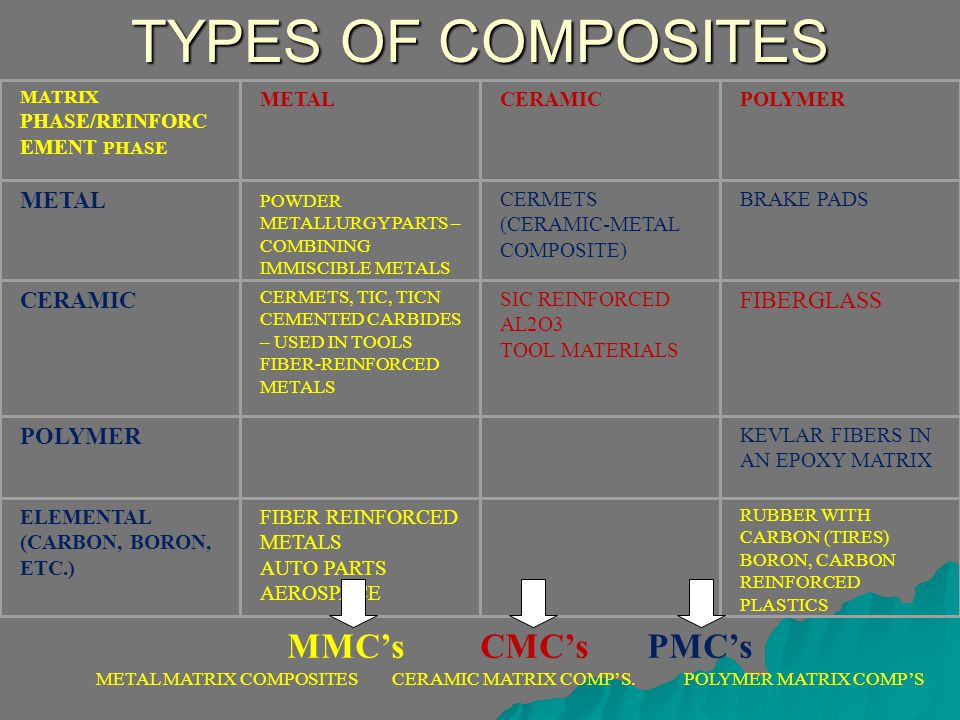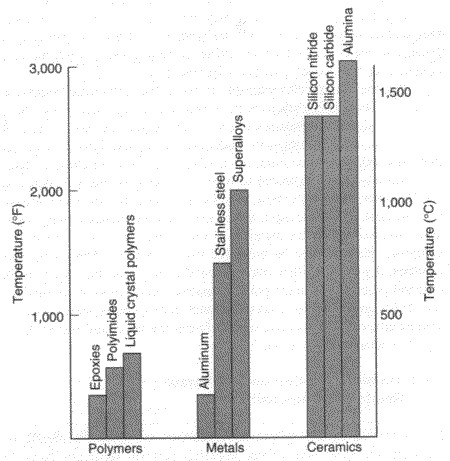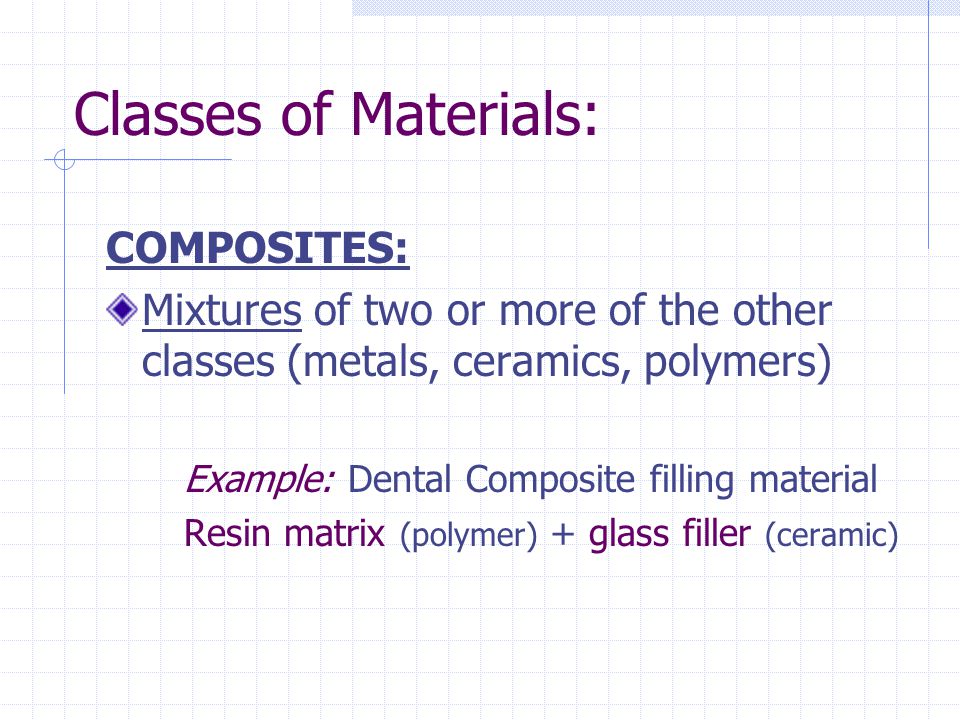1b the thermal conductivity of ceramic polymer composites could also be enhanced to a certain extent by dispersing high loadings up to 70 vol 15 16 17 of ceramic particulate fillers using the polymer molding technique 18 19.
Thermal conductivity of metals ceramics and polymers.
However it is difficult to realize a high thermal conductivity near the filling limit ϕ f because of the porosity of the composites.
They can also be amorphous or have inhomogeneous chemical composition which develops upon pyrolysis of organic precursors the high process temperatures required for making cmcs preclude the use of organic metallic or glass fibers only fibers stable at temperatures above 1 000 c 1 800 f can be used.
Thermal conductivity can only be moderately enhanced.
As shown in fig.
One of the most desired properties of metal alloys is the hardenability.
The ratio for the low conductivity polymers is about 0 44 while that for somewhat more conductive glasses and ceramics in 0 80.
Alloying can be applied to metals ceramics and polymers where in each specific properties are desired.
There continues to be growing interest in the study of boron nitride bn as a functional filler for polymers due to its extraordinary properties including high thermal conductivity structural stability mechanical properties and anti oxidation ability bn is a refractory chemical compound produced synthetically since it is not found in nature.
Thus the shape and the spatial distribution of dispersed filler particles are the important factors controlling the electrical and thermal properties of metal filled polymer systems.
Density ductility hardness corrosion resistance hardness thermal conductivity electrical conductivity wear resistance.
Asked jul 25 2020.
This study describes a new method for the measurement of the thermal conductivity of insulating materials in the range from 0 1 to 1 5 w c 1 m 1 which generally covers polymers ceramics and.
The conductivities of composites filled with hard stiff ceramic particles exceeded 3 5 w m k 1 or 20 times the conductivity of the polymer matrix and were shown to be almost independent of the intrinsic filler conductivity range of 33 300 w m k 1.
Ceramic fibers in cmcs can have a polycrystalline structure as in conventional ceramics.


